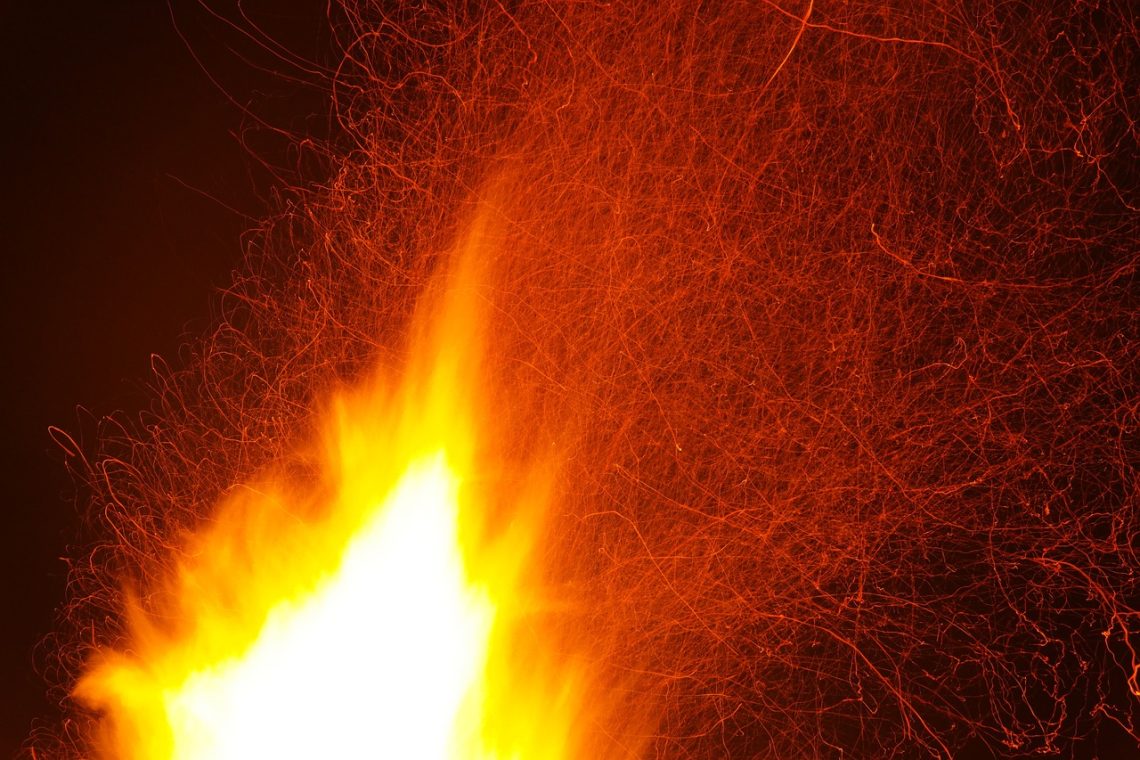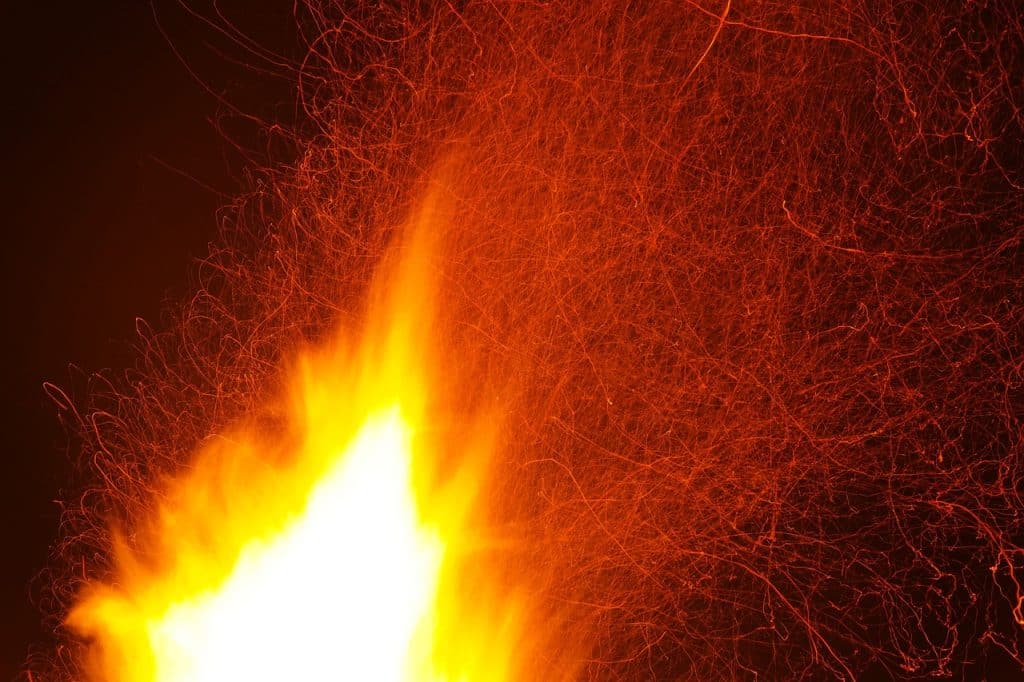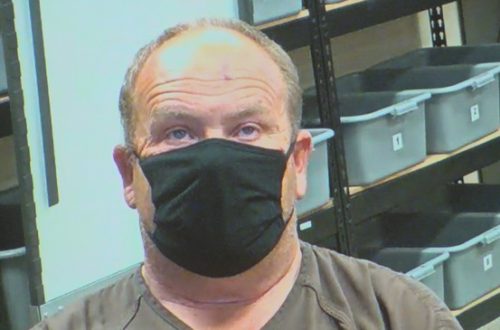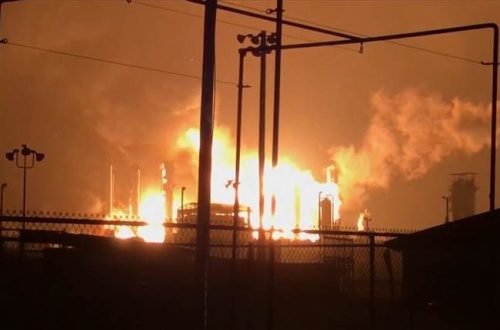Family Camping Trip or Surviving A SHTF Scenario? Trying to Build a Campfire on a Rainy Day? … We’re Here to Save It …
How to Start a Campfire – Even in the Rain
by Bob D. F. | Expert Articles
One of the best family vacations can be a camping trip…and family camping, of course, always involves a campfire. Most campers seem to manage building a campfire when the weather is clear and the wood supply is dry, but watching some people trying to build a campfire on a rainy day is often to view futility at its maximum.
So, here are some suggestions on making the job of starting a campfire less traumatic:
This is REALLY COOL! A Survival Match you can light in the Rain: I ordered mine this morning Absolutely FREE!
1). Be Prepared. Don’t go to a campground expecting wood to be provided (although some do, so be sure to find out first). Also, don’t expect dry trees to be lying around waiting for you. In fact, many campgrounds do not allow you to burn natural trees–neither fallen, nor standing dead. Determine where your wood supply will come from, even if you have to bring it yourself.
2.) Water is Your Nemesis. Protect your wood supply while it is dry no matter where it came from. Don’t let a sudden afternoon shower drench your campfire wood.
3.) Your “Source” of Fire. It is mandatory to have a reliable fire source, preferably matches that are easy to use, readily at hand, and waterproof. Waterproof matches and watertight holders are available in sporting goods stores, or you can make your own by dipping wooden kitchen matches in paraffin wax and storing them in a small container. It is a good idea to have everyone in your party carry a container in their pack. This is especially important when canoe camping.
4.) Kindling. This is as important as your fire source. Depending on how dry your wood supply is; you should be able to split off small splinters with a hand axe–just make sure they stay dry. I suggest that you buy some small fire-starters at a camping supply store. They will normally light directly from a match and burn long enough to get small pieces of wood started burning. Or, you can make your own by mixing sawdust, shredded newspaper, and paraffin wax…use an egg carton for a mold, and then carry several of these in your pack.
5.) Starting a Fire. Lay your fire-starter in the center of your fire-ring, and form a small tip of your wood splinters over it. Your fire will need to breathe, but too much wind will put it out, so place rocks or blocks of wood to shield your initial fire if there is a strong wind. As your splinters begin to burn, add larger pieces of dry splinters. You will need to do this until there are coals enough to ignite larger pieces of wood.
6.) Keep Your Fire Small. How many times have you seen a blazing campfire where it was painful just to get close enough to roast a marshmallow? Keep your fire small, contained, and controlled.
7.) Rain. Regardless of the weather, if you have prepared properly, every thing you need to build a campfire will be dry and ready to go. The only other thing you will need if it is raining is a dry or semi-dry spot to get your fire started. This can be a tarp, rigged overhead, an outcropping of rocks, or some such. I have even propped one end of my canoe in the crook of a tree and started a small fire under the protection of the canoe during a rainstorm. Unless you are having a real downpour, your fire will be fine out in the open after you once develop a good bed of coals–as long as you keep your wood supply dry.
There are many other ways to start a campfire, but they fall under the category of “survival,” and that is a far cry from family camping.
So, there you have the information on how to start a campfire–even in the rain. The main requirement is to be prepared, including knowing what your source of dry wood will be.
Happy camping or Blessed surviving.












